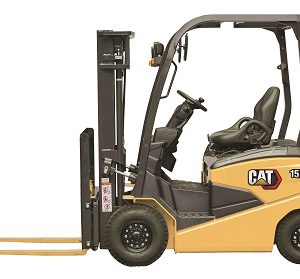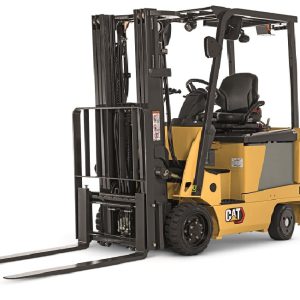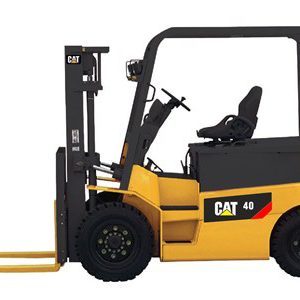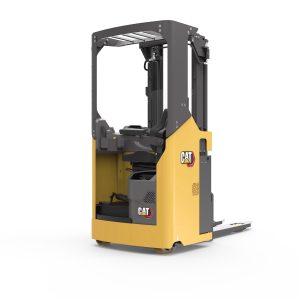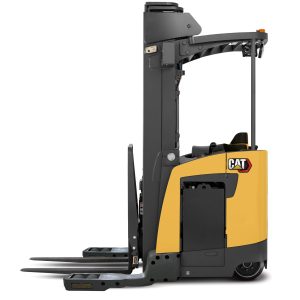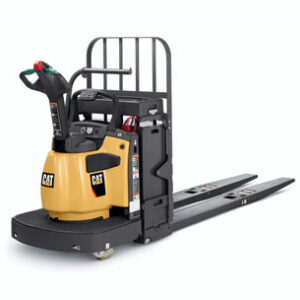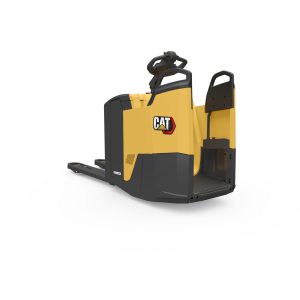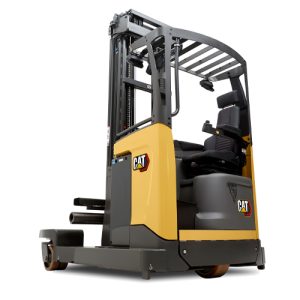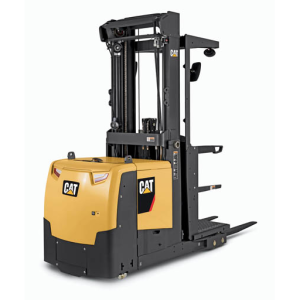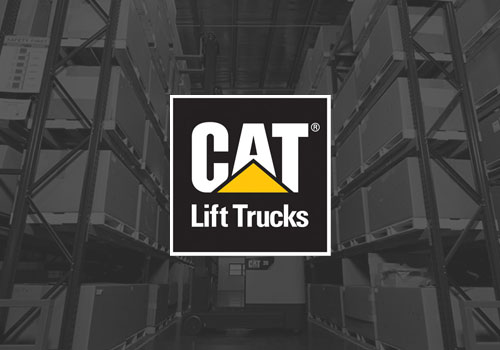
Create your own inspection checklist
01/09/2015
The daily pre-start or pre-shift inspection is a great habit to develop. It lets operators know that forklifts are ready to go to work, and it helps you identify problems — before they turn into expensive repairs.
Your operation and maintenance manual recommends exactly what operators should check each day. In general, they should look for:
Damage or faulty operation
Fuel and coolant leaks
Fully functional operating lights
Most customers have created a daily checklist for their operators, which provides some structure to the routine.
Visual inspection
As part of their walk around the forklift, the operator should:
Inspect the tires and rims for damage or wear, making sure the load backrest extension and the tilt cylinder socket bolts are in place, and that the wheel nuts are tight.
Clear debris from the overhead guard.
Examine forks for cracks or bends. If present, the forks should be removed from service
Check fluid levels. Forklifts with engines need the engine crankcase oil and engine coolant levels checked. Fuel should be checked, too.
On electric models, check battery water level, remembering to fill it only if the battery has already been charged and cooled down.
Check hydraulic oil levels and replenish if needed.
Operating inspection
Now it’s time to start the forklift and check the operations of:
Backup lights (if equipped)
Service brakes
Brake pedal and parking brake lever
Mast and lift chains
Seat belt
Seat adjustment
Horn
Steering wheel
Inching pedal
Power source (engine or battery)
Filing documentation
It’s a good idea to personalize your checklist to your operation and working conditions. One example would be including an inspection of the air filter and air cleaner if you are working in dusty operations. Once the pre-shift inspection is completed, have your operators sign and date the form, then give it to their supervisor. After looking it over to see if anything indicates the need for repair, supervisors should place the checklist in the forklift’s file. If you are ever inspected by OSHA you’ll be asked to present these checklists. Failure to produce this record could put you at risk for citations.
Maintaining a safe environment
Be sure to make it company policy that if operators find anything not in good working order, it must be reported. The forklift should be tagged (many companies make it red) and taken out of service until the repair has been made. Make it clear that safety and productivity both suffer if operators ignore their findings and try to get the forklift to work for “just one more shift.”


